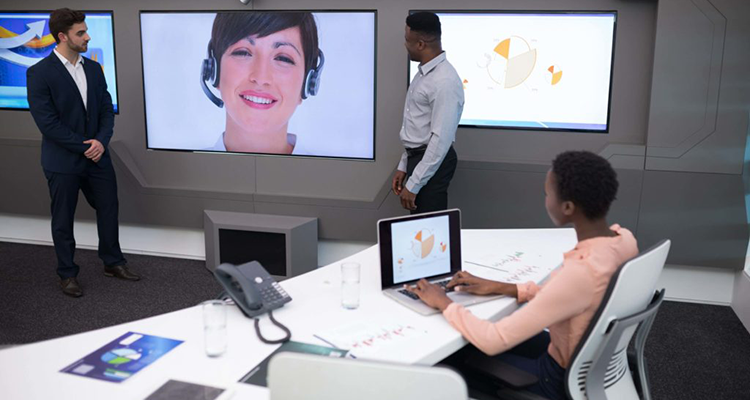The Nobel Prize Goes to …AV?
 The Royal Swedish Academy of Sciences announced that this year’s Nobel Prize in Physics will go to the three inventors of the blue LED (light-emitting diode). If you work in the AV space, then you already know the importance that the LED has on display technology in general. But you may not realize how the blue LED allowed LEDs to move from niche products and single-color signage displays to displays that are able to emit basically any color in the common gamut.
The Royal Swedish Academy of Sciences announced that this year’s Nobel Prize in Physics will go to the three inventors of the blue LED (light-emitting diode). If you work in the AV space, then you already know the importance that the LED has on display technology in general. But you may not realize how the blue LED allowed LEDs to move from niche products and single-color signage displays to displays that are able to emit basically any color in the common gamut.
The work by Isamu Akaski and Hiroshi Amano at Nagoya University in Japan as well as Shuji Nakamura at UC Santa Barbara allow blue LEDs to be combined with Red and Green to create white light as well as various colors through different relative combinations of the three. Once their work led to blue diodes in the late 80s, LEDs became a feasible source of illumination for conference room LCD panels, computer screens, and smartphones.
LEDs are based on a the principle that when an electron impacts an atom, the resulting energy change causes the emission of a photon (light). An LED, then, is really composed of two semi-conducting plates, one that is given an excess of electrons and another that contains atoms with an absence of electrons. The two are pulled together across the gap where they combine to release photons. Aside from the manufacturing challenges, building a blue LED required advances in material science to create a high-quality gallium nitride that was needed to emit the correct wavelength photon (in the blue frequencies).
The same technology, of course, is now used to create general light bulbs that are far more efficient that the incandescent bulbs that defined the 20th century. LED bulbs are not only electronically controllable, but their energy efficiency will make them the lighting source of the 21st century.
I’ve pointed out before that AV can sometimes get a bad rap for being somewhat archaic and a “heavy-iron” hardware-based industry. I just don’t think this is a fair assessment. Computer graphics, audio beam-steering, immersive interfaces, software-defined rooms/buildings, and visual collaboration are all leading-edge, exciting areas to be a part of. Plus, the science that goes into many AV products just won the Nobel prize.





